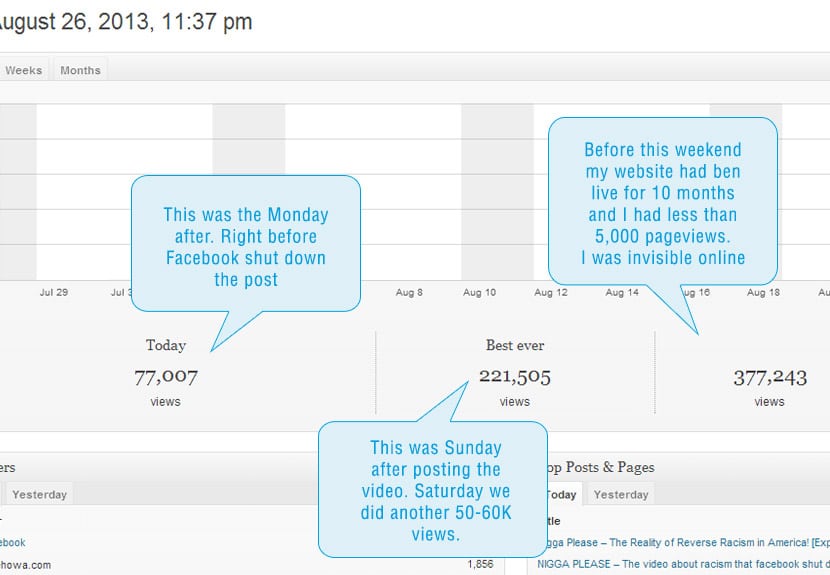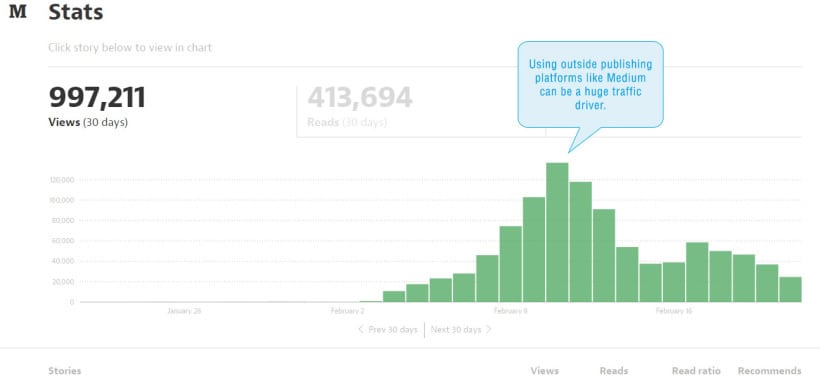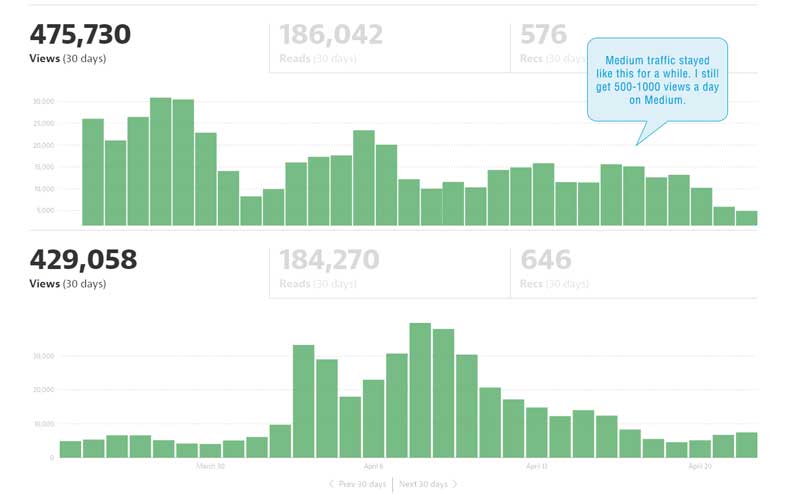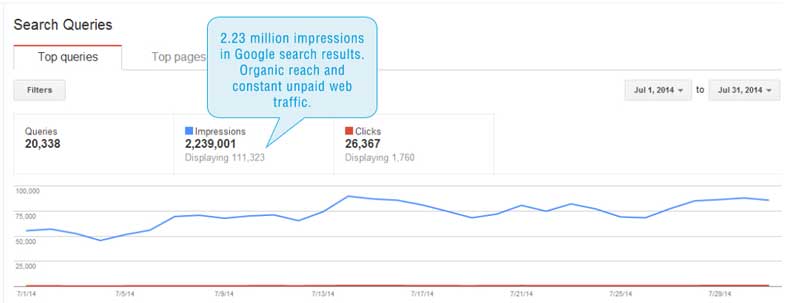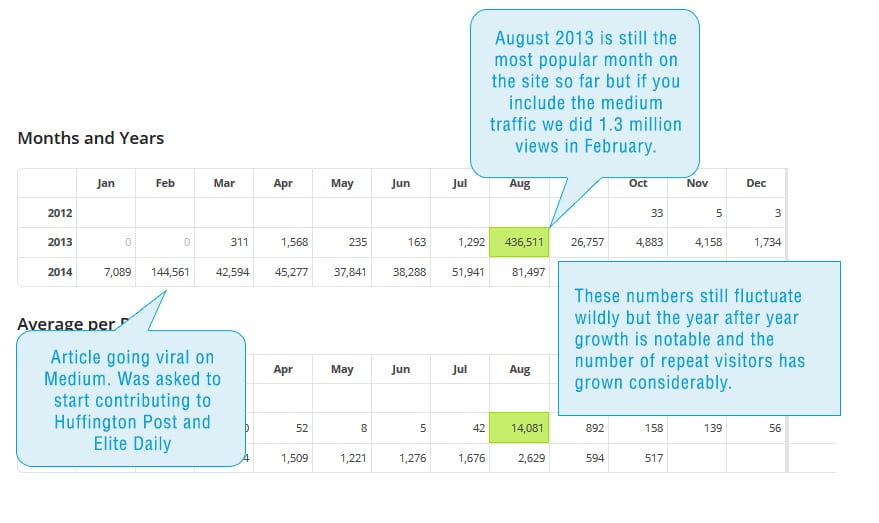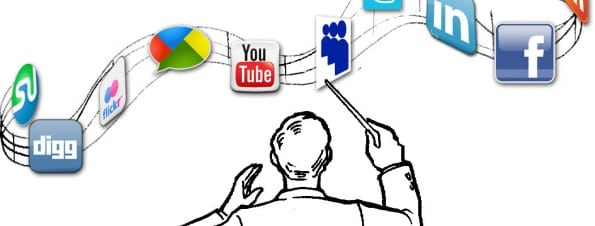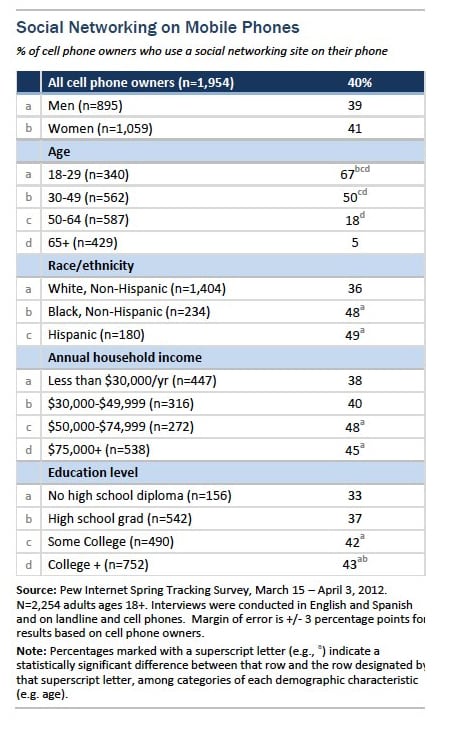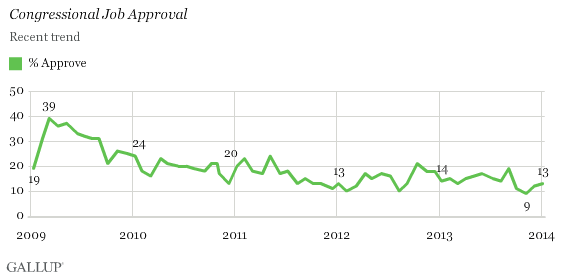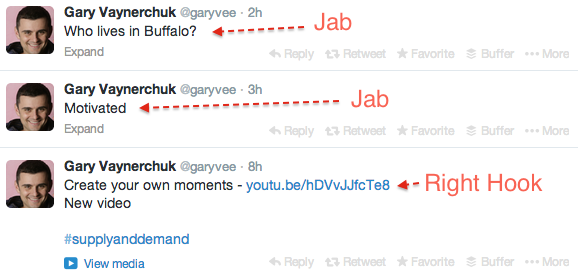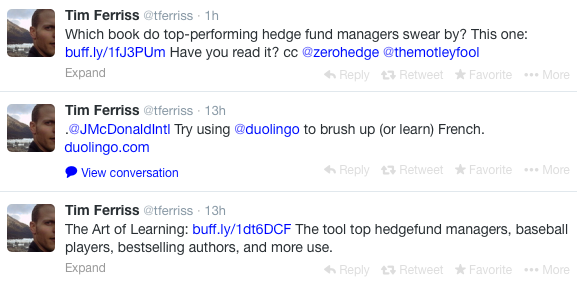Update 12/9/2015
I have been following the team over at Digital Telepathy for a couple years now, so when they asked me to write a post for them about their public launch of Filament, I couldn’t resist.
Our relationship started with the podcast in this post, but evolved in to so much more over time. Since then I have developed a great working relationship with their products team, and was even a part of the Alpha and Beta teams who gave feedback to help them refine Filament’s functionality and performance.
A few months ago, I wrote this article for the DT Blog, and recently, we have even been talking to their COO for strategic direction on a new venture my team has been working on for the last few months.
Needless to say, I’m a big fan of this company and their work over the last few years, and it has been a pleasure to be a part of the Filament launch up to this point.
So with no further delay, here is everything you need to know about the team over at DT, their company philosophy, and a little inside skinny on the launch of their new product.
Originally published June 5, 2014
Understanding the philosophy of the San Diego start-up behind Filament.io – Digital Telepathy – Rated R for Raymmar –
In this episode of RayDO…
I interview Jason Amunwa (Director of Products) and Shawn Leslie (Product Designer) from Digital Telepathy.
Disclaimer: This is not a paid advertisement and I received no compensation for conducting this interview.
I simply bumped into these guys online while trying their online apps and then reached out about doing an interview.
I have written other popular articles about other useful productivity software and this is just another in that same style. It was simply a way for me to test my podcast skills and tell a fun story about a cool company.
Part of my goal on Raymmar.com is to inspire people to create better products and I believe in their motto of “Design Matters.”
This is the first of two podcasts that I will publish. Both from the same interview with DT, but I wanted to talk about their philosophy in this one and in the next one we will get a little more technical about the product and how it can help your website.
Subscribe to be sure you don’t miss it. And make sure to grab us on Stitcher so you can listen to us while you work-hard, or hardly-work.
Podcast Transcript and Summary
Look, I know this is not a perfect transcript.
Some of this was available because I scripted parts of the narration and others because I wanted to summarize the content for search engines.
However, I highly encourage you to listen to the podcast itself as it is entertaining and educational.
Plus only weird people read transcripts. Just saying.
Go download the Stitcher app so that you can take RayDO on the run. It has a robust mobile experience, allows you to save your place in the episodes and that way you can always have our newest shows right on your phone.
A few weeks ago Jason Amunwa who is the director of products at Digital Telepathy, along with product designer, Shawn Leslie, joined me via Skype for a short interview.
They asked me to hold the interview until after their big launch but that has happened so, here we are. One of my goals is to to keep my audience on the cutting edge of all things digital so in this episode I am going to introduce you to a company that is leading the way with some of their own online software.
Digital Telepathy has worked with companies like New Relic, Apple, and Google so these guys are the real deal.
I wanted to talk to them about their philosophy of “Design Matters” and why they are so adamant about trying to creating a better web for everyone.
But wait just one minute. Before we get too far into this thing, let’s go ahead get this shit started.
Intro music
Cut 1 – Thanks and cool intro music.
For those who don’t know, Digital Telepathy is a company that develops software and web applications and they have just released a new product called Filament, which acts like an app store for your website but we’ll get into that a little later.
Cut 2 – about being under the radar with Filament and not pushing it out because they want to get it right.
So tell me about Digital Telepathy
Cut 3 – Basically we are just a bunch of people who are passionate about the web and are trying to make the web a better place for everybody. We want people to be able to do more with the web.
So this brings up a good point, and a trend in online businesses, where we are seeing companies fill a very specific niche.
I do not think we will see many more monster companies like Microsoft, IBM or Google, but what I think you will see are very specialized companies that do one thing really well. They do that one thing awesome.
Instead of dictating what the person needs to be doing, where they need to be doing it and how exactly they do it, they just give the person a task and base their performance on the results of their work, as opposed the time it took to create it.
These companies are embracing a concept that is based on paying people for the value they bring as opposed to the time they spend “working” and that is allowing them to do truly amazing things.
We talk about the Results Only Work Environment regularly, on this podcast as well as Raymmar.com so I wanted to ask these guys what they thought about the Results Only Work Environment as a whole philosophy and how it fits into their overall culture as a business.
Cut 4 – Betterment – It stacks upon itself and continually helps you grow.
DT takes their culture one step further with a betterment blog and a philosophy that empowers their individual employees to constantly strive to get better.
They also integrate their marketing strategy by allowing all of their employees to help tell the story of their company.
They allow the personality that makes up their company (their employees), to shine through, as opposed to restricting that function strictly to the marketing department, much like other companies do. Something Jason refers to as “Silo Thinking”
Cut 5 – Silo thinking – Lessons we learn and why we share them.
Another one of DT’s driving principles is that “design matters” and since I am a design school drop out, I wanted to get to the bottom of why design is such a big part of their company culture.
Up until this point we have been talking to Jason, the Director of Products at Digital Telepathy but he thought Shawn might have a better perspective on this question.
Cut 6 – Design Matters – Why design matters – Shawn It is more about design thinking and you can apply that to pretty much any problem in the world.
“We find ways to bring design into almost every component of our projects as well as our apps like Filament.” – @shawntleslie
"We find ways to bring design into almost every component of our projects as well as our apps like Filament." – @shawntleslie
— Raymmar Tirado (@RayTirado) June 5, 2014
This answer struck a chord for me as it touched on something that is near and dear to my core philosophy.
The thought that creative thinkers and that “design thinking” to solve any problem is going to be a highly sought after skill. If you listen to my podcasts on a regular basis then you know that I talk a lot about the creative entrepreneur taking over the world.
I talk about the value of applying creative problem solving skills to every day situations and the power in being in touch with your inner content monster.
Cut 7 – Raymmar Analyzing everything. Looking at the big picture, being able to analyze the entire process step by step.
After my little mini rant our conversation took a little bit of a turn towards business strategy as we started to talk about a few of the other apps they have planned for the future.
Since most of their apps are free… I kind of wanted to know how they made money. So I asked.
Jason explained that they work off of a Freemium model which means some of their software is free but you can upgrade for more functionality and to get rid of the sponsored branding that appears on the free versions of the software.
Cut 8 – Freemium – Go with “try-it-before-you-buy-it,” because we want you to be happy with the product you are about to pay for.
This brings up a good point.
The internet is the last free market and it really is changing the way people do business.
Because information is so prolific, it becomes more important for companies to bond with their customers and it also becomes infinitely more difficult for any of them to take advantage of the consumer. Considering I am in start-up mode, I decided to ask them for some free consulting. I wanted to know what they would do as a first step to building a digital product online.
Cut 9 – Tear it down to its smallest pieces. Play to your strengths and make it immediately obvious how you are different than your competition.
So let me clarify the point he just made. He said you need to be immediately different.
You need to understand what and why your model is different from the rest of the competition. Something we talk about regularly on RayDO.
I wanted to take my free consulting one step further so I asked them about their philosophy behind building and testing the apps. I wanted to know how they approached the ongoing development of a digital product and how much of it should be left up to the consumer. I wanted to know if it was too simplistic a request to just find a core segment of users and then let them tell you what kind of product they wanted you to build.
Cut 10 – Objective Based Design – We keep the conversation going with the client and the user. Test and iterate.
His answer was pretty reassuring because this is how I’ve been building my website. It is a work in progress and it will not be done until it is done. And even then, I’m not sure it will ever be done.
I knew the guys weren’t going to let me get my free consulting on all day so I asked them what was the next step for Digital Telepathy and about their new Filament product.
Clip 11 – What is Filament? Filament is like an app store for your website. We wanted to create this app store so that it was easy for people to find high quality apps that work with their site and then make it easy to install it.
So… that’s pretty awesome. I think. But aren’t there other apps out there or products that do this already? How does Filament stand out from the competition.
Cut 12 – WordPress Plug-ins. When they upgrade they can brake your site so Filament eliminates that by allowing you to manage the apps in real time.
I see. So can any developer begin to develop applications on the Filament platform?
Cut 13 – Not Yet – Right now we are focusing on making sure that we have the installation process down. Right now we are creating our own apps for the platform. Once we are confident that we have solved those problems then we will be looking to bring other people on board.
Jason continued to tell me about some plans for future software and other benefits of the Filament platform but for me the most important part of their products is the ability to integrate new features on my website without spending a ton of money in development.
Cut 14 – Making the web a better place – Hiring people is expensive and learning is time consuming. We just want to make it easier for everyone to do these things because we just enjoy it when the web is better.
So what website should people go to in order to learn more about Filament.
Cut 15 – Fliament.io – Check it out, download the apps and learn more about creating a better web.
What an awesome way to look at building a product and I think more companies would do well to take this type of approach to building their digital products. Make sure you subscribe to Raymmar.com and grab us on Stitcher so you don’t miss an episode of RayDO And be sure to go check over at Fliament.io – But for right now, we got to go!
Want more perspective on Filament? Here is an article from the Pando website that goes into more detail about the Filament App Store


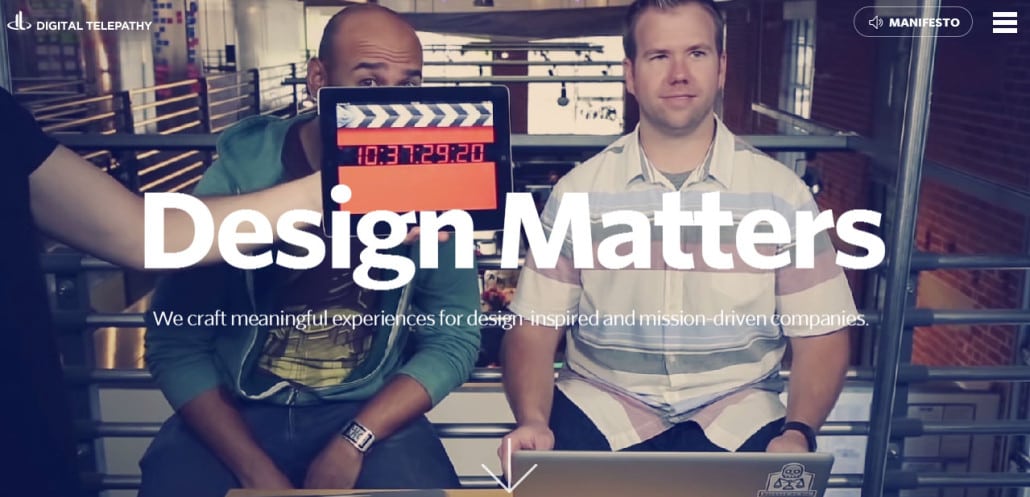

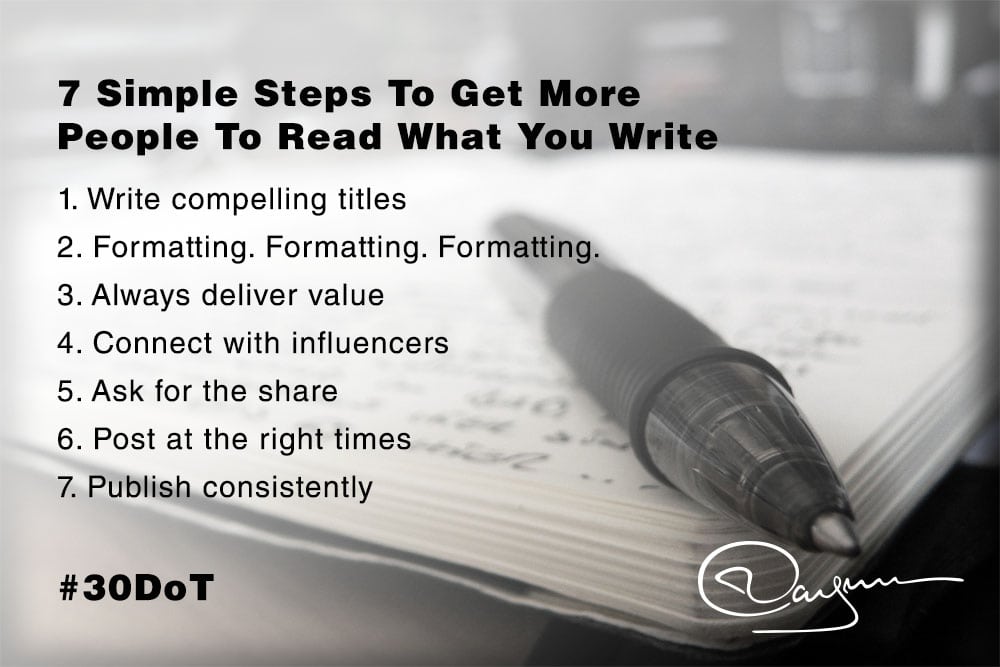
 Content, content, content…
Content, content, content…
